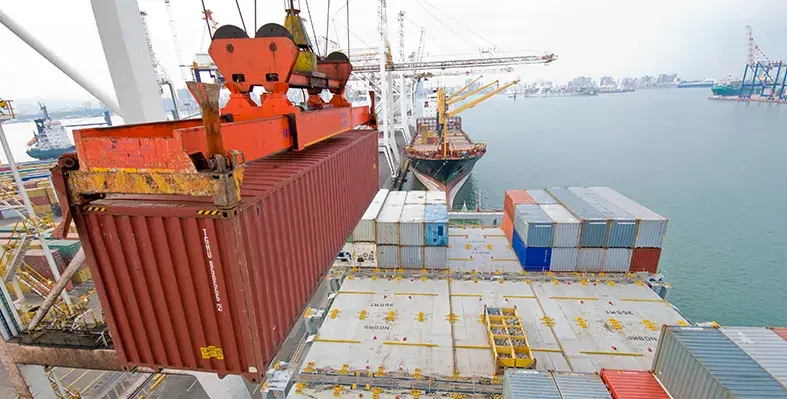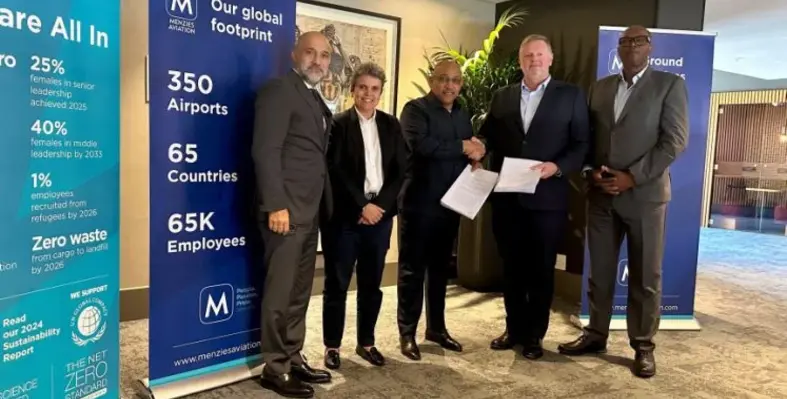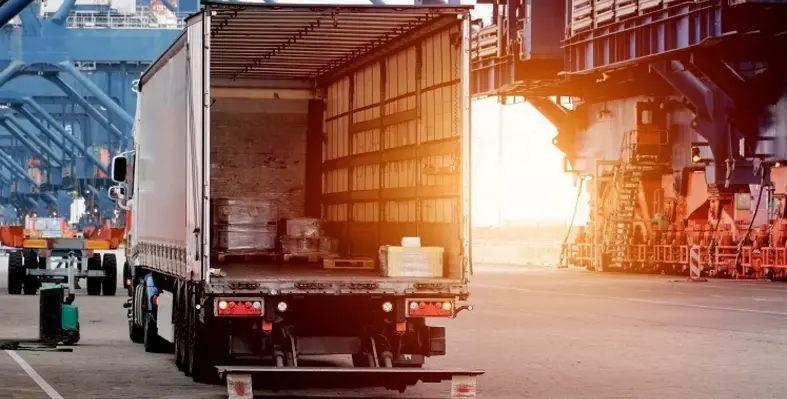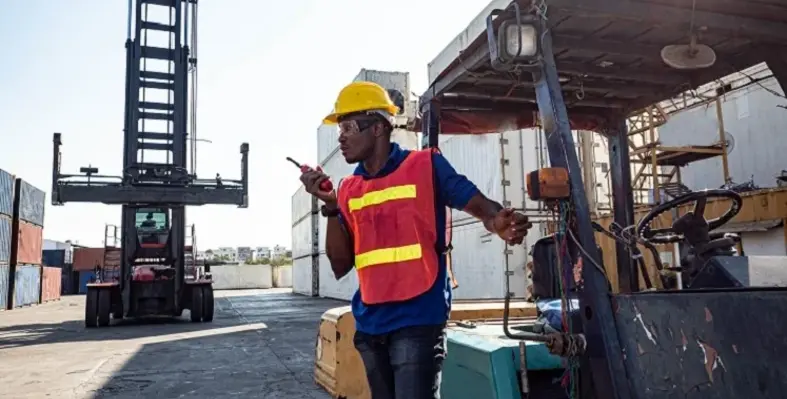
South Africa’s transport ministry has issued requests for information to attract private sector investment in modernising the country’s rail infrastructure
In a bid to achieve South Africa’s ambitious goal of 600 million annual rail passenger trips by 2030, the government has issued a series of Requests for Information (RFI) inviting private sector ideas and investments to modernise and expand the country’s rail system
“Participation in the RFI process will assist the organisation to gather information, innovative ideas, and solutions which will guide future Requests for Proposals for private sector investment in the passenger rail sector,” minister of transport Barbara Creecy said in Pretoria.
The RFI covers several key areas, including fare collection systems, depot management, utilisation and commercialisation of the Passenger Rail Agency of South Africa’s (PRASA) fibre network to improve digital connectivity. It also seeks proposals on operational resilience across the rail sector, as well as innovative insights for developing long-distance regional rapid transit.
By May 2025, PRASA had commissioned 35 of 40 passenger corridors, achieving 77 million audited passenger journeys annually.
“To continue on the recovery path, PRASA requires additional investment that cannot be carried by the fiscus alone. These RFIs are not tenders, they are an invitation for the market to help us design the future of rail. Together, we can rebuild confidence in public transport, open up investment opportunities, and connect South Africans to the growth we all deserve,” Creecy added during a media briefing.
As part of its modernisation drive, South Africa plans to introduce a unified tap and go ticketing system usable across trains, buses, and taxis.
“No more queues or paper tickets, just one account-based system that makes travel easier and helps us manage revenue transparently and efficiently. The private sector has an important role to play to make this a reality.
“We’re partnering with the private sector to modernise our major maintenance depots at Braamfontein and Wolmerton. This will mean faster train repairs, better reliability, and new investment in nearby areas, creating jobs and boosting local development. It is for this reason that the private sector participation is of paramount given the magnitude of this project,” Creecy said.
PRASA is deploying thousands of km of fibre optic cables as part of a new signalling system along railway lines.
“We’re opening this door for private partners to help us turn that network into a source of income, by offering broadband and digital services, while strengthening safety and real-time communication across the rail system.
“We’re planning a new generation of regional trains, faster, safer, and more frequent, connecting cities like Pretoria, Johannesburg, Polokwane, Musina, Mbombela and Durban using our existing network up to 120 kmper hour, building new 160 to 200 km per hour regional lines, and testing the water for a new 300 km per hour high-speed railway between Johannesburg and Durban,” she said.
These new routes aim to cut travel times, reduce costs, ease road congestion, and drive economic growth along connected towns.
“These regional projects are not possible without private sector partnership. Through this RFI, we’re inviting skilled private operators to lease and manage our new and old fleet under clear performance standards, keeping them safe, reliable, and on time.
“PRASA’s new blue trains, built at the Gibela factory in Nigel, are world class. We also have older yellow trains that can be repurposed for new uses,” the Minister said.
Simultaneously, the government is collaborating with manufacturers to establish South Africa as Africa’s premier train production hub, boosting jobs, local manufacturing, and exports in alignment with the African Union’s 2015 resolution.
“The rail and port freight RFI process is part of our broader Freight Logistics Roadmap, which seeks to restore efficiency, reliability, and competitiveness in the movement of goods across our economy.
“It also reflects the government’s commitment to implementing the National Rail Policy (2022), the National Ports Policy, and the Private Sector Participation Framework (2023), all of which recognise the critical role of partnerships with the private sector in revitalising our transport infrastructure,” Creecy said.
Both policies maintain public ownership of rail and port networks while encouraging private investment to boost efficiency and effectiveness.
“The RFI process is a critical step in this private sector participation journey and reflects the government’s acknowledgement of the importance of considering the rail passenger and freight logistics landscape from the perspectives of all interested and affected parties to develop effective and sustainable solutions,” the Minister said.








